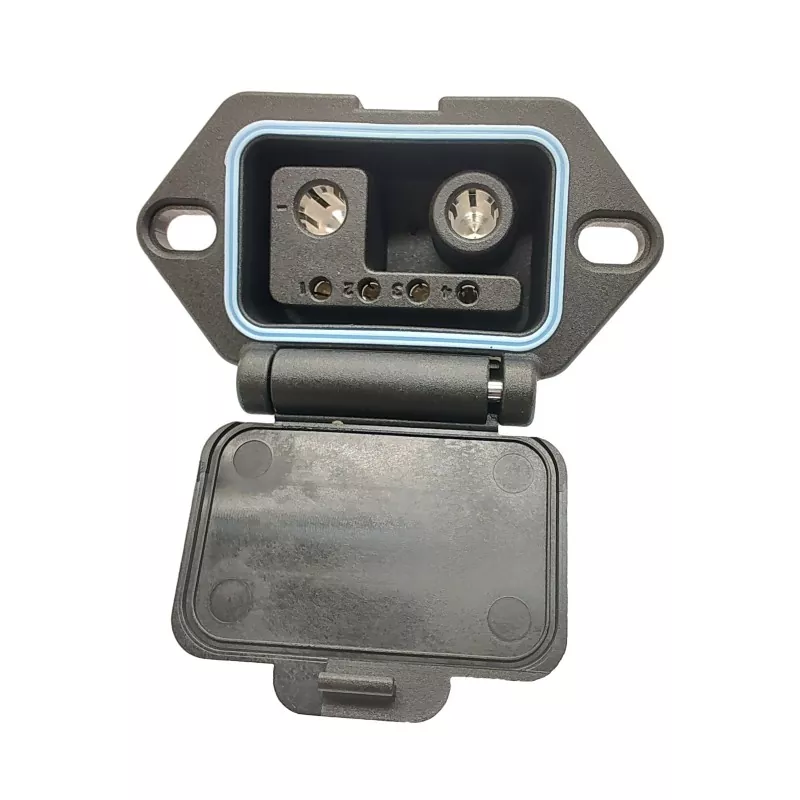What are the types of universal battery connectors for ebikes?
As a key component of energy transmission, the classification of Ebike connectors is directly related to safety and adaptability. At present, the market has formed multiple categories based on interface specifications, connection methods and protection performance. Different types have different focuses on current carrying, operation convenience and other aspects, and adapt to diversified vehicle needs.

According to interface specifications: Adapt to different power models
The XT series is the mainstream in the market. The XT60 interface has a rated current of 30A and a withstand voltage of 600V. It is made of nylon + copper alloy. The plug-in life exceeds 5000 times. It is suitable for commuter vehicles below 48V/12Ah, accounting for more than 40% of the household vehicle market. Its anti-reverse plug-in design avoids connecting the wrong positive and negative poles, and the plug-in force of 3-5N is suitable for home users.
The rated current of the XT90 interface is increased to 60A, and the silver-plated contact piece makes the resistance ≤0.5mΩ. The energy consumption is reduced by 30% compared with the XT60. It is designed for high-power models above 60V/20Ah (such as takeaway vehicles). DC plugs (diameter 5.5mm/7.0mm) are commonly found in simple electric vehicles. They are low-cost but carry a current of ≤15A, which is suitable for short-range needs.
By connection method: Differentiation in ease of operation
Plug-in type accounts for more than 70%, and the XT series and aviation plugs belong to this category. No tools are required to plug the male and female plugs together, and users can replace the battery by themselves. The XT60H model with a lock has outstanding vibration resistance, and the rate of falling off on bumpy roads is 80% lower than that of ordinary models, ensuring stable energy transmission during riding.
The quick-release type is represented by the Anderson plug. The lever-type locking structure supports one-handed operation, and the rated current is 100A for fast charging. The heat dissipation area of the flat contact piece is 50% larger than that of the traditional plug. The temperature is 15℃ lower after continuous charging for 2 hours, meeting the high-frequency charging needs of commercial vehicles.
According to protection performance: Coping with complex use environments
IP67 waterproof type (such as MC4) can be immersed in 1 meter of water for 30 minutes without water ingress, and the double protection of sealing rubber ring + dust cap realizes complete dustproof, which is suitable for rainy areas and outdoor working vehicles to ensure safe power supply in humid environments.
Flame retardant type (UL94 V0 level) self-extinguishes within 30 seconds at a high temperature of 850℃ to avoid short circuit and fire, and is widely used in shared electric vehicles. High-end models integrate temperature sensors, and the contact point automatically cuts off the power when it exceeds 80℃ to prevent overheating risks.
Selection suggestions and industry trends
Home users give priority to XT60 or models with locks to balance safety and ease of operation; commercial high-frequency vehicles recommend XT90 or quick-release type to meet the needs of large current and quick replacement;IP67waterproofproducts must be selected in rainy areas.
The industry is accelerating standardization. The GB/T 36940 standard requires that new models be compatible with at least two interfaces. The conversion plug can realize the conversion between XT60 and DC plugs, and the adaptation rate exceeds 90%. In the future, with the popularization of solid-state batteries, high-voltage connectors with a withstand voltage of ≥1000V will become a new direction. Liquid cooling technology can carry more than 200A current and improve charging efficiency by 40%.
When choosing, it is necessary to match the power of the vehicle model and the use environment, and give priority to products that have passed CCC certification to maximize energy transmission efficiency on the basis of safety.



























